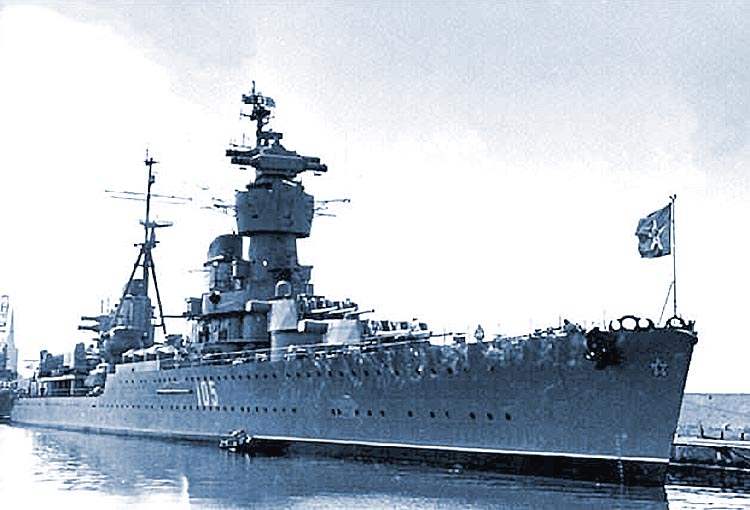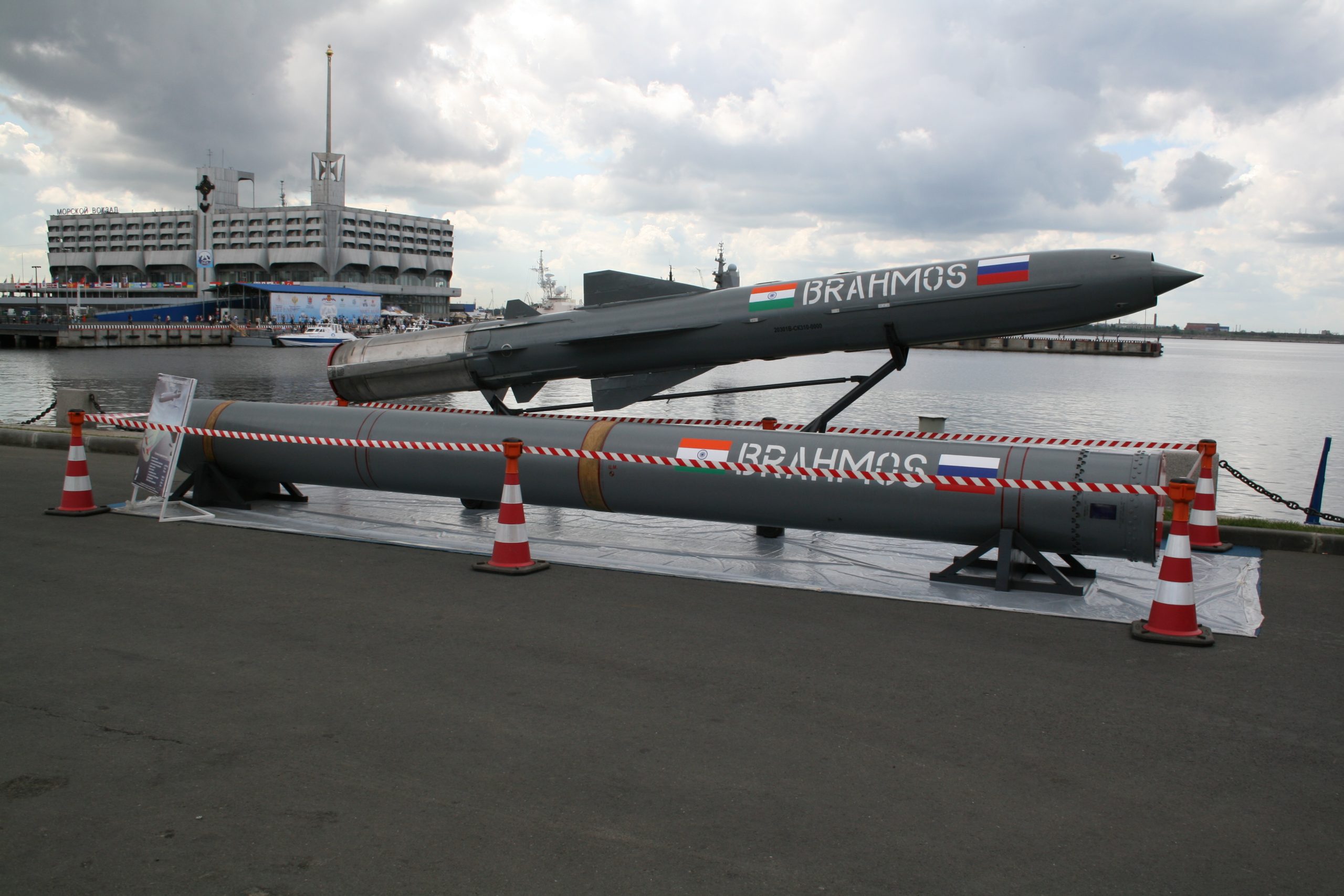
Project 68K cruisers
Zheleznyakov on sea trials. The photograph of a ship moving at high speed was probably taken in mile increments. Soviet cruisers of projects 26, 26bis, 68K and 68bis had elegant lines, with the Italian style of the command tower.
In the mid-30s, large-scale plans for the construction of an ocean-going fleet were developed in the USSR. Among the individual classes and subclasses of ships, light cruisers, intended for operations as part of future surface squadrons, were of great importance. Unlike the cruisers of the type 26 "Kirov" and type 26bis "Maxim Gorky" already built at domestic shipyards with the help of Italians, the new ones should have been characterized by less outrageous characteristics.
In March 1936, the WMO Board of the Red Army (Naval Forces of the Workers-Christian Red Army, hereinafter - ZVMS) submitted proposals to the Council of People's Commissars (i.e., the Soviet government) on the classes (subclasses) of ships under construction. , including light cruisers with 180 mm artillery (improved project 26 type Kirov). By the decision of the Council of Labor and Defense of the USSR of May 27, 1936, the tonnage of the future “big fleet” was determined (8 liners of standard displacement of 35 tons and 000 of 12 tons), including heavy cruisers with an artillery caliber of 26 mm, in almost all parameters superior to the Sevastopol-class battleships in service. ZVMS and the Main Directorate of Naval Shipbuilding of the Navy (hereinafter referred to as GUK) were instructed to prepare a program for the construction of these ships, broken down by years until 000, and immediately begin designing linear parts, as well as heavy and light cruisers.
Attention is drawn to the ambitiousness emanating from the Soviet plans. Initially, the total tonnage of the ships indicated for construction was to be 1 tons (!), Which was far beyond the capabilities of the local industry (for comparison, it was approximately equal to the sum of the tonnages of the Royal Navy and the US Navy during the period under discussion). Let us not forget, however, where and under what circumstances these "plans" were made. Firstly, the naval powers built heavy artillery ships, and secondly, at that time in the USSR it was difficult and dangerous to oppose the “general line” of the point of view. The search for new solutions could not take place under the conditions of unprecedented political repression, which peaked in the mid-727s. Since disappearing without a trace in the Stalinist Gulag, no one was safe, including the leaders of the fleet and industry. This led to disruptions in the production process, and without delays it caused a decrease in product quality (all problems were simply attributed to the "intrigues of the enemies of the people"), and, consequently, the ship's delivery schedules and plans for their construction were disrupted.
On June 26, 1936, by a government decree, an official decision was made to build a "great sea and ocean fleet" capable of actively fighting the naval forces of "any of the capitalist states or their coalition." Thus, the “large marine shipbuilding” program was approved, providing for the production of the following main classes (subclasses):
- Class A battleships (35 tons, 000 units - 8 in the Baltic Fleet and 4 in the Black Sea Fleet);
- type B battleships (26 tons, 000 units - 16 in the Pacific Fleet, 6 in the Baltic, 4 in the Black Sea and 4 in the North);
- light cruisers of a new type (7500 tons, 5 units - 3 on the Baltic Fleet and 2 on the Northern Fleet);
- Light cruisers of the "Kirov" type (7300 tons, 15 units - 8 at the Pacific Fleet, 3 at the Baltic and 4 at the Black Sea).
However, on July 17, 1937, an Anglo-Soviet agreement was signed in London to reduce the number of ships of the main classes, according to which the USSR pledged to comply with international agreements in the field of naval armaments and the limits arising from them. This was due to another government decree, adopted on August 13-15, "on the revision of the shipbuilding program of 1936." In September of this year, the government was presented with the "Plan of Combat Shipbuilding of the Navy of the Red Army", in which the same parts still prevailed: 6 Type A (4 for the Pacific Fleet and 2 for the Northern), 12 Type B (2 for the Pacific Fleet, 6 for the Baltic
and 4 for the Black Sea), 10 heavy and 22 light cruisers (including the Kirov class). This plan has not been officially approved. Its implementation was also in doubt, but the design of the ships, and with them the missing weapons systems, continued.
In February 1938, the Main Naval Staff submitted to the People's Commissariat of Industry the "Program for the Construction of Combat and Auxiliary Ships for 1938-1945". Prior to the start of the war with Germany (June 22, 1941), it was known as the "big program" and included: 15 battleships, 15 heavy cruisers, 28 light cruisers (including 6 Kirov class) and many other classes. and types. Attention is drawn to the reduction in the number of battleships while increasing it in the case of light cruisers. On August 6, 1939, the new people's commissar of the Navy, N. G. Kuznetsov, presented to the government the "Ten-Year Shipbuilding Plan for the Navy", which provided for the construction, including: 15 type "A" ships, 16 heavy cruisers and 32 light cruisers (incl. 6 "Kirov"). Taking into account the real possibilities of the industry, including places on the ramps, it was divided into two five-year courses - 1938-1942 and 1943-1947. Despite the fact that the main goal of these plans was the construction of heavy artillery ships, which Comrade Stalin personally liked, light cruisers also made up a significant part of the planned formations and required special attention. The development plan of the Red Army Navy of 1936, mentioned above, took into account the need for a new ship of this class, designed to operate as part of the fleet's linear squadron.

